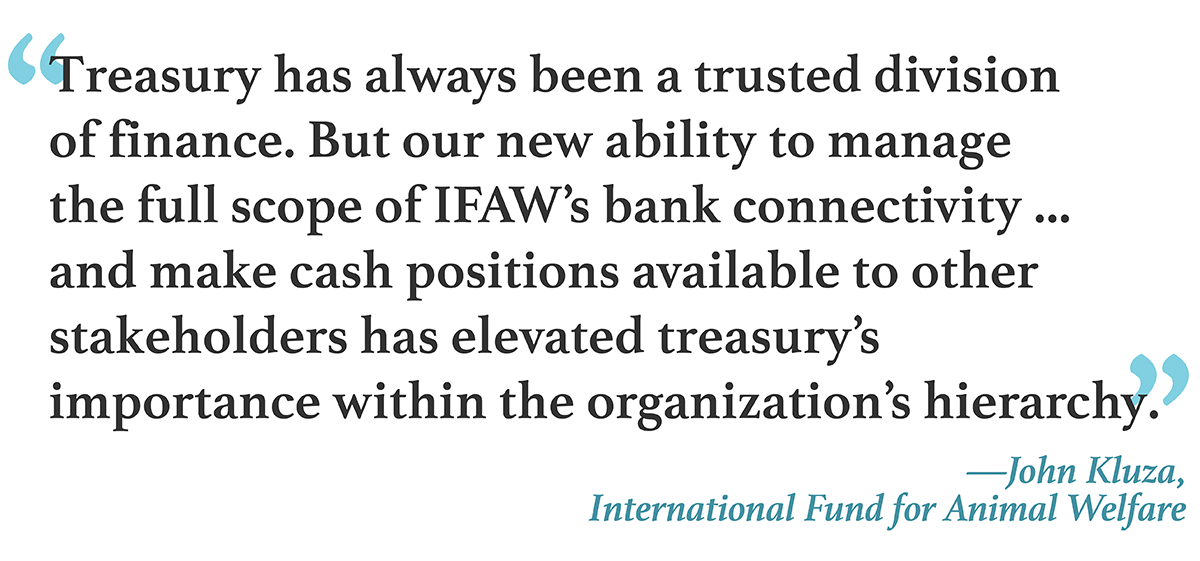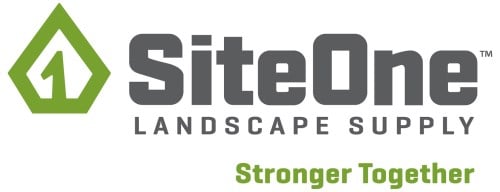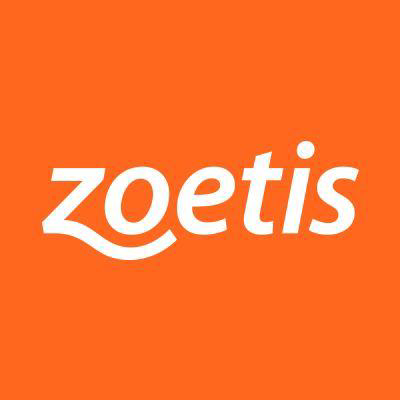
When animals around the world need assistance, the International Fund for Animal Welfare (IFAW) springs into action. The global nonprofit has headquarters in Washington, D.C., and runs an international operations center in Cape Cod, Massachusetts.
“For over half a century, IFAW has led conservation and rescue efforts affecting individual animals as well as whole species,” explains John Kluza, group treasurer for the organization. “We take a collaborative approach to addressing both animal rescue and conservation, engaging with everyone from the grassroots community up to the highest levels of global policymaking to deliver long-term change.
“Here on Cape Cod, we are well-known for responding to a wide array of marine mammal strandings,” he adds. “However, we also implement diverse programs supporting animal welfare and conservation across the globe. This includes on-the-ground response to natural disasters—such as earthquakes, floods, and hurricanes—and manmade disasters anywhere in the world. For example, we recently had a team in Poland for two months assisting refugees and their pets in distress as a result of the crisis in Ukraine. We established and continue to support a post manned by Ukrainian veterinarians to provide services during the crisis—as long as it takes. We are also providing food and supplies directly to struggling animal shelters in Ukraine.”
To facilitate these types of services on virtually every continent, IFAW operates through 20 affiliates. “One of the things that we pride ourselves on is the ability to rapidly move resources and deliver program work where needed,” Kluza says. “We have found that an organizational structure with individual, locally registered entities around the globe that share a common board and executive team optimizes resource allocation and enhances the ability to mobilize very quickly when needed.”
IFAW uses a shared-services model to offer affiliates finance and other services via the international operations center and a finance support center in the Netherlands. The organization provides global treasury services and support for the global financial technology infrastructure out of the Massachusetts office. “We provide treasury and finance support for our affiliates, while the individual offices maintain their autonomy,” Kluza explains. This structure complicates global collections, disbursements, and liquidity management.
“Our transaction volume is not huge, but there are disparities in payment standards, settlement systems, and compliance requirements across the regions where IFAW operates,” Kluza says. “Even in developed countries, there can be a lot of nuances and different data elements required. Then, in the emerging markets, we run into a lot of regulatory issues around transaction codes and central bank reporting, which make payment transaction support rather complex for our three-person global treasury team.”
In years past, these challenges were compounded by processes and a technology infrastructure that were riddled with inefficiencies. The treasury group had daily visibility into only about 75 percent of the organization’s global bank accounts. “In most cases, we could view non-transactional activities using bank portals and external applications,” Kluza says. “But we really couldn’t connect to all our banks the way we wanted to, and sharing information with stakeholders across departments and affiliates was a tedious, manual process.”

When IFAW decided to deploy a cloud-based enterprise resource planning (ERP) system, Kluza decided it was time to overhaul the treasury technology architecture as well. He and his team wanted to move away from SWIFT and bank portals—and instead connect directly with banks via SFTP and application programming interfaces (APIs). To determine their other requirements, they launched a global needs assessment.
“We started by collecting and documenting treasury procedures throughout our organizational structure,” Kluza says. “Using various sources of information, we looked at day-to-day operations and processes for collecting information about short- and medium-term cash flows. Then we approached the stakeholders for each of these processes to discuss what they need from treasury and from their banks.”
Identifying the various stakeholders, reaching out to them, and starting a discussion about needs was time-consuming but well worth the effort, Kluza says. “It’s really important when you’re communicating with different audiences to make sure that you understand and deliver the appropriate level of granularity for that specific group,” he adds. “We explained what we were doing and provided context on why we wanted to make those changes. But we also tried to be flexible and pragmatic. We might approach them with best practices and ideal procedures, but these recommendations might not work best in a given region or for a given team. It was very important to listen to what stakeholders had to say and adjust our plans when necessary.”
Not only did this approach reduce process and technology roadblocks once the changes got under way, but it also boosted buy-in from all IFAW affiliates. “And it established accountability,” Kluza adds. “It’s important to be accountable. Everything doesn’t always go perfectly. If you’re going in one direction during the implementation phase and it becomes clear your plan is not going to work well, then you need to be prepared to work with stakeholders to find a better way of doing things. Transparency and flexibility help convince people to get behind the project.”
Ultimately, through this collaborative planning process, Kluza’s team decided to shift to a cloud-based treasury management system. This would save the resource-constrained nonprofit from having to maintain physical servers, storage, and SWIFT or replacement communications technologies.
“We didn’t want to dedicate internal resources to maintaining an on-premises treasury technology infrastructure,” Kluza says. “Privacy concerns and GDPR [the European Union’s General Data Protection Regulation] add to the complexity of managing treasury data. Our goal was to simplify technology management as much as possible.”
See also:
The project team selected TIS as their new treasury management system and began working with that firm’s implementation team to establish secure SFTP connections to all of IFAW’s banks. “We automated communications between our banks and TIS, including importing data and transaction files, account statements, etc.,” Kluza says. “We also shifted to ISO standards with the goal of improving consistency—so that whether we receive files from Standard Bank in Zimbabwe or Bank of America in the United States, we’re looking at the data in the same file format. TIS processes incoming bank statements and transaction acknowledgements and passes these and other region-specific data files from our banks to IFAW’s ERP and CRM systems. In addition, TIS accepts transaction input in multiple formats and then finetunes it, if necessary, to meet the requirements of each bank. So almost all of the information and data flowing into and out of the system is in our standard format.”
The Covid-19 pandemic slowed the rollout of the new treasury management system, but eventually almost all IFAW affiliates made the move. Bank communications are still not completely consistent worldwide, but they are close. “We have a few banks in Africa that will generate statements only in MT940 format,” Kluza says. “But about 97 percent of our bank communications are now standardized.” He estimates that central treasury now has same-day visibility into more than 90 percent of the organization’s global accounts.
“Anyone within IFAW or our affiliates who has the right system permissions can log into the treasury management system and see daily statements, data files, or transaction details at any point in time,” Kluza reports. “In the past, we would have to manually push much of that information out to a shared server, or maybe even email it in some parts of the world. The new process means treasury is no longer a bottleneck, so end users can see their cash balances and data more quickly—and treasury can focus on other activities instead of answering questions coming in from overseas affiliates.”
He emphasizes that the new processes have improved risk management at IFAW, as well. “A midsize nonprofit faces many of the same liquidity, foreign exchange [FX], interest rate, and operational risks that a multibillion-dollar corporation faces,” Kluza points out. “Aggregate amounts may be lower, but the impact of failing to manage these risks is just as dire.” The improved transparency of bank account data and accelerated visibility into cash flows mean IFAW treasury and finance teams worldwide can better manage their financial risks.
In addition, the system now provides Kluza’s team with robust yet easy-to-manage security controls. “That allows us to limit access to banks, accounts, data, and system functions for each user based on that individual’s business need,” Kluza says. “This is extremely important when dealing with stakeholders across multiple affiliates and departments who require tailored system access.”
Finally, he concludes, the initiative has raised the profile of the treasury group. “Treasury has always been a trusted division of finance,” he says. “But I think our new ability to manage the full scope of IFAW’s bank connectivity and outbound payment processing, automate the processing of inbound data files, and make bank statements and cash positions available to other stakeholders and systems has elevated treasury’s importance and reputation within the organization’s hierarchy.”

Source: treasuryandrisk.com




